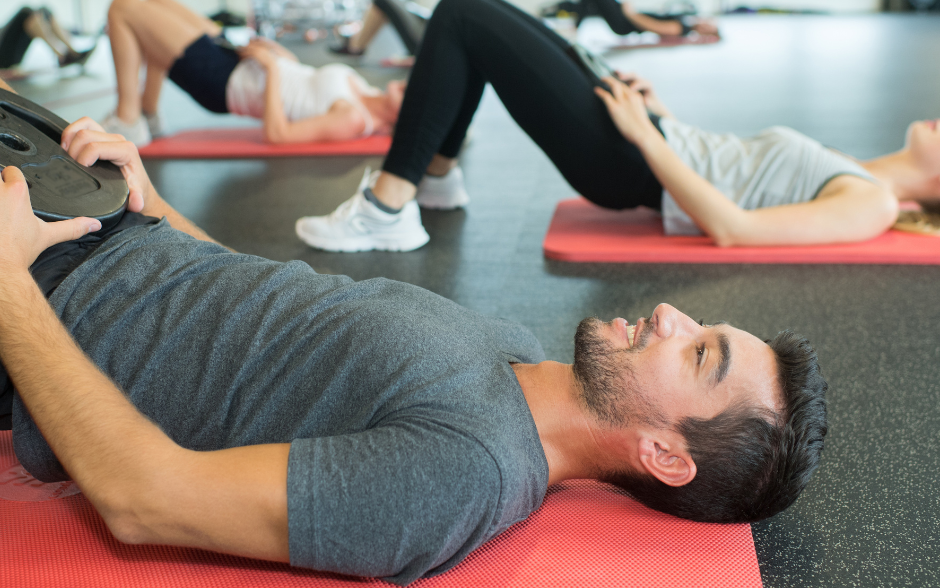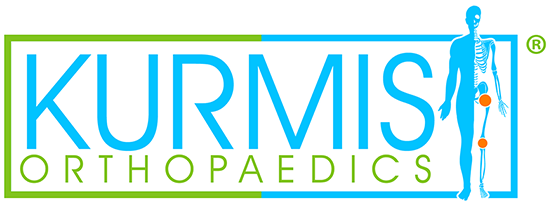
What is Functional Electrical Stimulation?
Functional electrical stimulation (FES) is a treatment technique that uses electrical currents to activate nerves in a muscle that has become paralysed or weakened due to damage in your brain or spinal cord. Essentially, it’s like giving your muscles a little poke to get them moving again. A FES device consists of a control box (about the size of a pack of cards) with a battery and electrodes that attach to the skin.
Read more



























